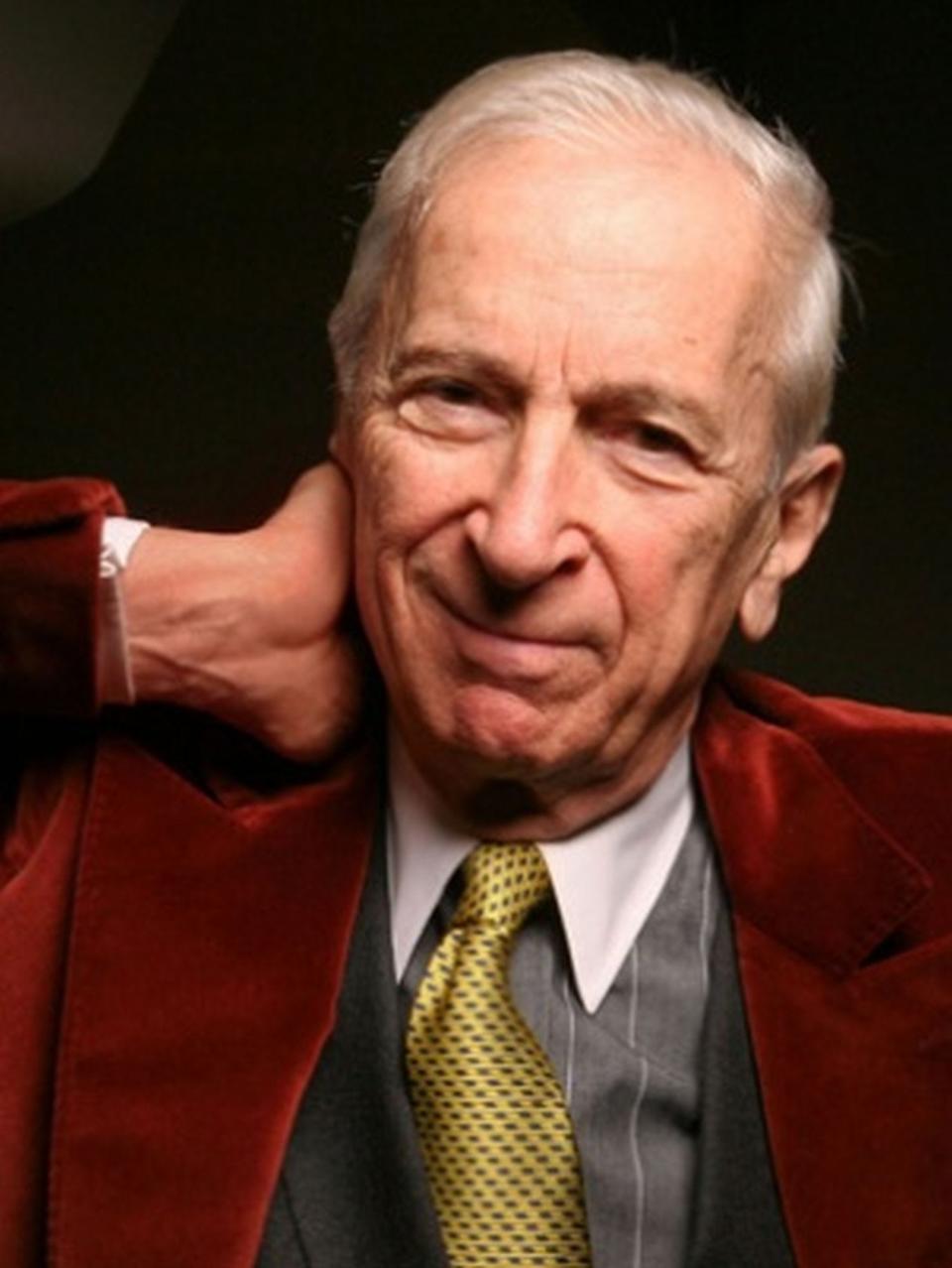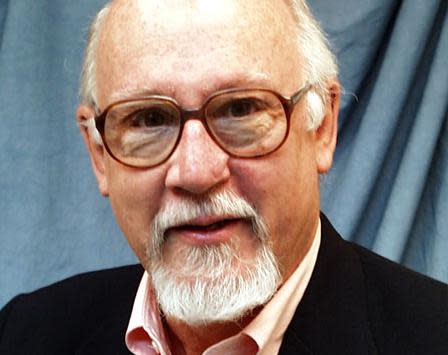Gay Talese tells the stories behind the stories | DON NOBLE
In Herman Melville’s story, Bartleby, the scrivener in a law office, when asked to do perfectly reasonable chores, declares he would prefer not to.
Gay Talese never refused to write; he just insisted, all through his 60-year career, that he would write what he preferred to write about, in his own way, at his own speed.
He might seem to be a slow writer but there are now 16 Talese books.
More: Montgomery native reports on life in Switzerland | DON NOBLE
This volume, “Bartleby & Me: Reflections of an Old Scrivener,” has three long sections. In section one, Talese explains how he chooses his subjects.
Right from the start, before even his first days as a reporter at the New York Times, he says “I wanted to specialize in writing about nobodies” — not celebrities or famous people.
(He does not mention it here, but even while a student at University of Alabama, class of ’53, writing his sports column “Gay-zing” for the Crimson White, Talese found the story no one else noticed. He focused on a locker room attendant, not the star players.
In another piece, he wrote not about the game on the field, but afterwards describes the players, exhausted, in the locker room. This inclination was more understandable in the early 1950s, when the team had losing seasons and coach Red Drew was often burned in effigy on campus.)

At the Times, Talese wrote about dozens of nobodies. He profiled the writer of the Times’ large, important but anonymous obituaries and some copyreaders, and the man who maintained the New York Times’ 15,000 light bulbs on the 380-foot electric moving news sign.
He was curious about the lives of doormen, bank tellers, waiters, handymen, counter clerks. These un-famous people had their own unique lives and often had a point of view on events around them — especially doormen — not available to others.
Doormen, he reminds us, actually do see everything but if asked by the police or lawyers about some event on the sidewalk, are likely to respond that they were not out in front of the building; they were in the lobby, chatting with the elevator operator.
The middle section of this volume is truly unusual and extraordinary. It is amazingly detailed but the reader's interest never flags.
Talese was assigned by Esquire magazine to go to Los Angeles and interview Frank Sinatra for an extended profile. Sinatra, grumpy, not feeling well, never agreed to talk with him.
Talese persevered, however, observing Sinatra at work and play, talking with people who did interact with him. The article, 36 pages long, “Frank Sinatra Has a Cold,” was later chosen by Vanity Fair as “the greatest literary-nonfiction story of the twentieth century.”
In “Bartleby and Me,” Talese details, in 100 pages, the story behind that story. He recounts every day, almost every hour of that assignment.
He watched; patiently, quietly, he listened.
His hotel room may have been bugged by Sinatra’s people.
They seemed to know his every move before he made it. Despite all of it, Talese captured Sinatra, the monarch of all he surveyed, anyway. Talese, like a determined literary magpie, made a beautiful nest out of the bright bits and shiny quotes he noticed and picked up along the way.
In section three, Talese becomes infatuated, obsessed, with an empty, rubble-filled lot at 34 East 62nd street, near his apartment.
What was the story here? Talese, now in his late 80s but still filled with curiosity, carefully did the research and learned, it seems, all there is to know about Nicholas Bartha, a hard-working physician, and gives us a detailed biography of, by tabloid standards, a nobody.
After an unfair divorce judgment, rather than sell his beloved brownstone and give most of the money to his ex-wife, Bartha filled the building with gas and blew it and himself up.
This nobody decided to end his world, not with a whimper but with a great big bang.

Don Noble’s newest book is Alabama Noir, a collection of original stories by Winston Groom, Ace Atkins, Carolyn Haines, Brad Watson, and eleven other Alabama authors.
“Bartleby & Me: Reflections of an Old Scrivener”
Author: Gay Talese
Publisher: Mariner Books, Harper/Collins
Pages: 303
Price: $28.99 (Hardcover)
This article originally appeared on The Tuscaloosa News: Gay Talese tells the stories behind the stories | DON NOBLE

